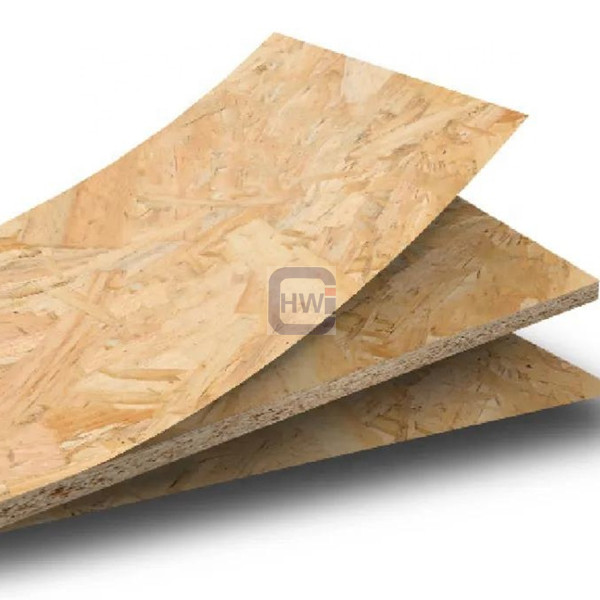OSB(Oriented Strand Board) Introduction
Oriented Strand Board (OSB) is a type of engineered wood product that is widely used in the construction industry for various applications such as wall sheathing, flooring, and roofing. It is made from wood strands or flakes that are bonded together with wax and resin under high pressure and temperature.
OSB is produced in large sheets with a consistent thickness and a flat surface that can be easily cut and shaped to fit various building designs. The wood strands used in the production of OSB are usually sourced from small-diameter trees and logs, which makes it an environmentally sustainable choice.
Compared to traditional plywood, OSB has several advantages, including greater strength and durability, increased resistance to moisture, and better dimensional stability. It is also less expensive than plywood and can be used for a variety of applications in residential and commercial construction.
Overall, OSB is a popular and versatile building material that offers a cost-effective and environmentally friendly alternative to traditional plywood and other wood-based products.
OSB(Oriented Strand Board) Feature
- Strength and Durability: OSB is known for its excellent strength and durability. It has a high load-bearing capacity and can withstand heavy loads without breaking or bending.
- Moisture Resistance: OSB is highly resistant to moisture, which makes it an ideal choice for use in areas with high humidity or moisture content.
- Cost-Effective: OSB is a cost-effective building material that is less expensive than traditional plywood and other wood-based products.
- Versatility: OSB can be used for a wide range of applications, including wall sheathing, flooring, roofing, and subflooring.
- Sustainability: OSB is made from small-diameter trees and logs, which makes it an environmentally sustainable choice. Additionally, the manufacturing process of OSB produces less waste and uses less energy compared to other wood-based products.
- Consistency: OSB has a consistent thickness and a flat surface, which makes it easy to cut and shape to fit various building designs.
FAQ
Q: What is the difference between OSB and plywood?
A: OSB and plywood are both engineered wood products that are used in the construction industry. However, OSB is made by compressing wood strands or flakes together with wax and resin, while plywood is made by gluing thin veneers of wood together in layers. OSB tends to be less expensive than plywood and has better moisture resistance, but plywood is generally stronger and more dimensionally stable.
Q: What are the different grades of OSB?
A: OSB is available in different grades, which are based on the intended use of the material. The grades range from OSB-1, which is suitable for interior use in dry conditions, to OSB-4, which is suitable for structural use in humid conditions.
Q: How is OSB made?
A: OSB is made by taking wood strands or flakes and arranging them in specific orientations. The strands are then coated with wax and resin and compressed together under high pressure and temperature to form large sheets of OSB.
Q: Can OSB be used for roofing?
A: Yes, OSB is commonly used as a roofing material. It is often used as a sheathing material for the roof deck and can be covered with various types of roofing materials, such as asphalt shingles or metal roofing.
Q: Is OSB environmentally friendly?
A: OSB is considered to be an environmentally friendly building material. It is made from small-diameter trees and logs, which are often sourced from sustainable forests. Additionally, the manufacturing process of OSB produces less waste and uses less energy compared to other wood-based products.

